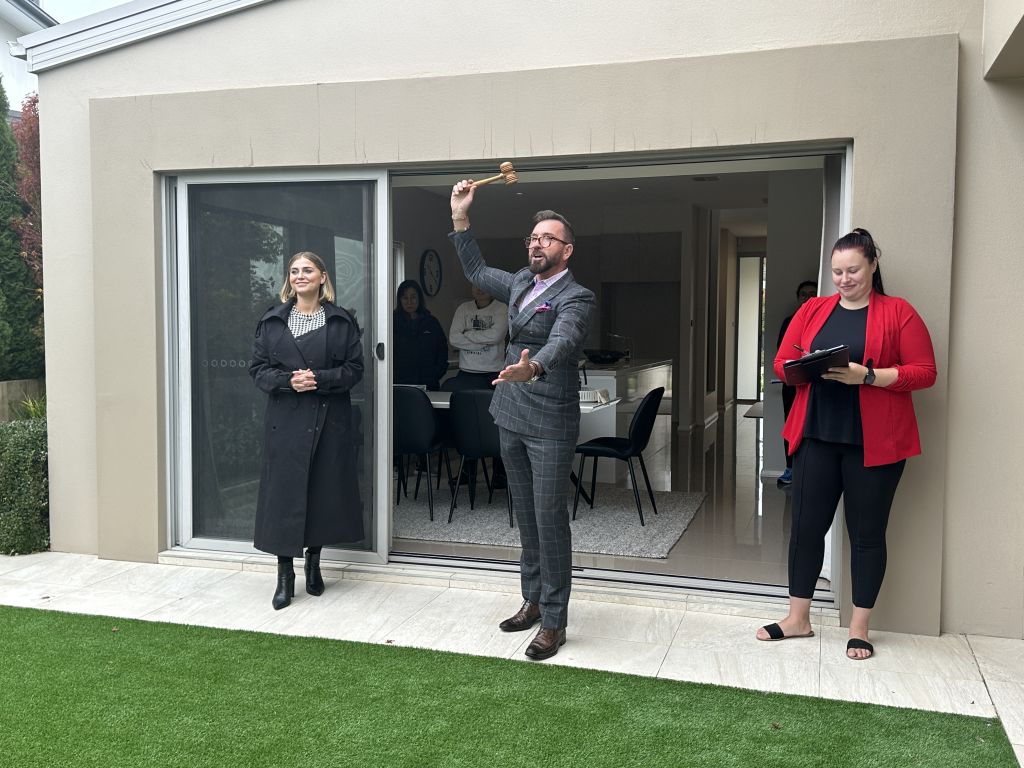Tax cuts and interest rate cuts could spur investors back to the property market

The stage 3 tax cuts due to start in July this year are unlikely to make much of a difference to property investors, say the experts.
But if they’re combined with interest rate cuts later this year, then together they could really serve to boost the market, by leading to better borrowing capacity, more confidence in the long term, and higher rents.
“We’ve already seen an increase in investor activity over the last six or so months with much lower vacancies and higher yields,” says Mathew Tiller, head of research & business intelligence at LJ Hooker Group.
“With more money tipped into everyone’s pockets, that could increase buyer demand from both investors and owner-occupiers.
“It would also help borrowing capacity for investors and the serviceability of their mortgages.
“So, with the boost in buying power, we’ll probably still see the market tight but, with no movement in supply in the short term, rental growth will continue to be upwards.”

The new tax regime will see those on $100,000 a year receive a tax cut of $2179 a year, those on $190,000 and above recouping $4529, and lower earners on $70,000 receiving an extra $1429.
IFM Investors economist Dr Alex Joiner says the tax cuts alone will make little difference to the property market, since they were designed to alleviate cost-of-living pressures.
For those making a loss on their property investments, negative gearing is in place instead.
Even though rents are high in all capital cities, 13 successive rises in interest rates have increased the gap between what investors receive in rent and what they pay in mortgage repayments if they are highly leveraged.
In addition, other holding costs have risen steeply, such as insurance, council rates and, for some properties, quarterly strata fees.
“The extra money from the tax cuts aren’t going to move the needle in anyone’s decision to invest in property,” Joiner says. “But it might help those on lower incomes pay their rents – and, in a situation where rental vacancies are very low and rents are moving ahead very fast, that’s always a good thing.”

Borrowing capacity might improve minutely with the tax cuts but not appreciably so, believes Rebecca Jarrett-Dalton, the founder of mortgage broker Two Red Shoes.
Figures prepared by financial comparison website RateCity found the boost to borrowing capacity might be between 4 and 5 per cent – a gain that could quickly be wiped out by rising house prices.
“The tax cuts could also dilute the gains from negative gearing,” Jarrett-Dalton says. “Then, together with rate cuts, there could be more demand which could send prices higher still.
“That could have a negative impact on the economy and – I hate to even say it – lead to interest rates staying high, or increasing.
“But with the dilution in negative gearing, it would be interesting to see if there might be a greater attraction to different kinds of property, like ones where the cash flow is positive.
“Or there could be a shift into spending the extra money from the cuts elsewhere, like into super.”
We recommend
We thought you might like
States
Capital Cities
Capital Cities - Rentals
Popular Areas
Allhomes
More









